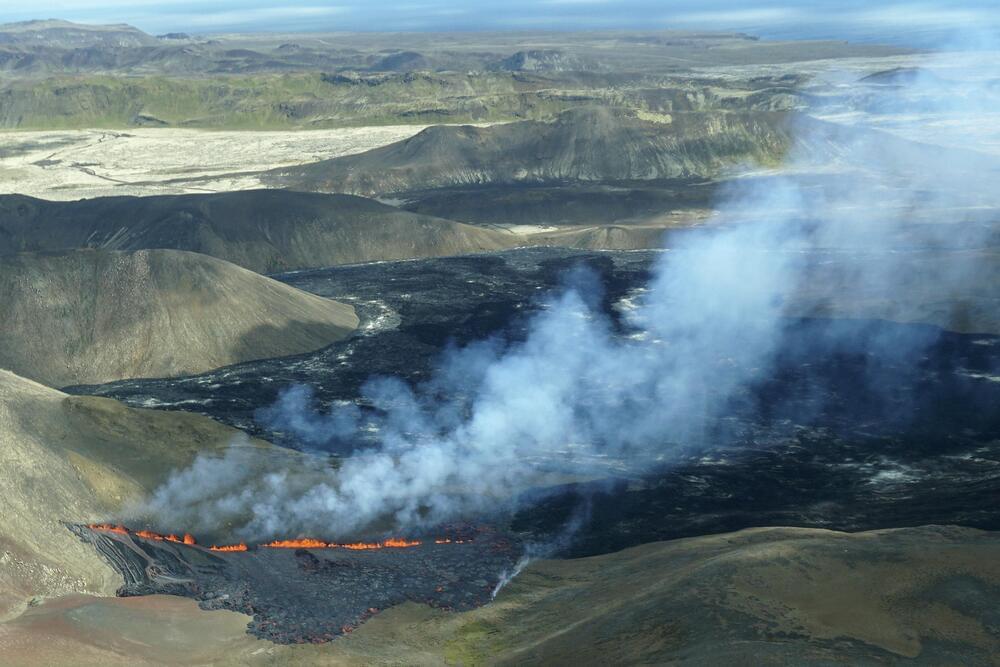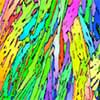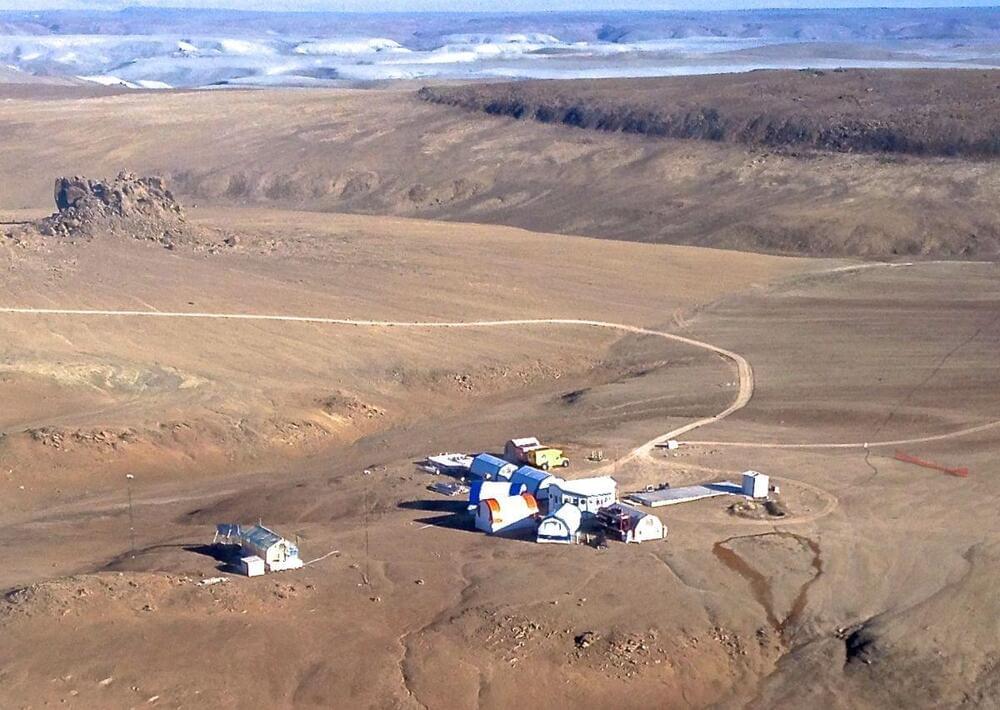A new type of quantum money could make energy-sapping blockchains obsolete, say researchers.



Researchers have created synthetic mouse embryos out of stem cells, removing the need for sperm, eggs and even a womb. They were then grown to almost half the entire gestation period, at which point they had all of the organ progenitors, including a beating heart. The tech could eventually be used to grow organs for transplant.
The new study, from researchers at the Weizmann Institute of Science in Israel, built on two branches of the team’s previous research. The first involved reprogramming stem cells into a “naive” state that allows them to differentiate into all other cells, including other stem cells. The other work focused on developing a device that could grow embryos more effectively outside of the womb.
By combining the two techniques, the team has now grown some of the most advanced synthetic mouse embryos to date. They started with naive mouse stem cells, which had been cultured in a Petri dish for several years prior. These were separated into three groups that would play key roles in the embryo development.
Recently, Blake Lemoine a computer scientist and machine learning bias researcher for Google released an interview with Google’s LaMDA a conversation technology and AI. Blake proposes, based on his time testing LaMDA, that it is a super intelligence and sentient. Blake details just what made him come to this conclusion and why he believes we have passed the singularity, last year.
Blake’s links:
https://twitter.com/cajundiscordian.
https://cajundiscordian.medium.com/is-lamda-sentient-an-interview-ea64d916d917
News links:
https://www.vox.com/23167703/google-artificial-intelligence-…l-sentient.
https://blog.google/technology/ai/lamda/
Youtube Membership: https://www.youtube.com/channel/UCz3qvETKooktNgCvvheuQDw/join.
Podcast: https://anchor.fm/john-michael-godier/subscribe.
Apple: https://apple.co/3CS7rjT
More JMG
Supermind by John Michael Godier — https://amzn.to/3uvDaW0 (affiliated link)
Want to support the channel?
https://youtube.com/watch?v=pCA7HE1FvXg&feature=share
We have reached a turning point in society. According to renowned theoretical physicist Michio Kaku, the next 100 years of science will determine whether we perish or thrive. Will we remain a Type 0 civilization, or will we advance and make our way into the stars?
Experts assert that, as a civilization grows larger and becomes more advanced, its energy demands will increase rapidly due to its population growth and the energy requirements of its various machines. With this in mind, the Kardashev scale was developed as a way of measuring a civilization’s technological advancement based upon how much usable energy it has at its disposal (this was originally just tied to energy available for communications, but has since been expanded).

A special bonding state between atoms has been created in the laboratory for the first time: With a laser beam, atoms can be polarized so that they are positively charged on one side and negatively charged on the other. This makes them attract each other creating a very special bonding state—much weaker than the bond between two atoms in an ordinary molecule, but still measurable. The attraction comes from the polarized atoms themselves, but it is the laser beam that gives them the ability to do so—in a sense, it is a “molecule” of light and matter.
Theoretically, this effect has been predicted for a long time, but now scientists at the Vienna Center for Quantum Science and Technology (VCQ) at TU Wien, in cooperation with the University of Innsbruck, have succeeded in measuring this exotic atomic bond for the first time. This interaction is useful for manipulating extremely cold atoms, and the effect could also play a role in the formation of molecules in space. The results have now been published in the scientific journal Physical Review X.

REYKJAVIK, Iceland (AP) — A volcano in southwest Iceland began erupting Wednesday, the country’s meteorological authorities said — just eight months after its last eruption officially ended.
The Icelandic Meteorological Office urged people not to go near the Fagradalsfjall volcano, which is located some 32 kilometers (20 miles) southwest of the capital, Reykjavik.
The eruption in an uninhabited valley is not far from Keflavik Airport, Iceland’s international air traffic hub. The airport remained open and no flights were disrupted.

Researchers at the University of Massachusetts Amherst and the Georgia Institute of Technology have 3D printed a dual-phase, nanostructured high-entropy alloy that exceeds the strength and ductility of other state-of-the-art additively manufactured materials, which could lead to higher-performance components for applications in aerospace, medicine, energy and transportation.
The work, led by Wen Chen, assistant professor of mechanical and industrial engineering at UMass, and Ting Zhu, professor of mechanical engineering at Georgia Tech, is published by the journal Nature (“Strong yet ductile nanolamellar high-entropy alloys by additive manufacturing”).
Wen Chen, assistant professor of mechanical and industrial engineering at UMass Amherst, stands in front of images of 3D printed high-entropy alloy components (heatsink fan and octect lattice, left) and a cross-sectional electron backscatter diffraction inverse-pole figure map demonstrating a randomly oriented nanolamella microstructure (right). (Image: UMass Amherst)



Many Mars-like features make Devon Island possibly the best Red Planet analog on Earth.
On Monday (Aug. 1), a group of eight researchers and their associates headed north to the high Arctic to spend a month at the Haughton-Mars Project (HMP) base on Devon Island, about 15 degrees south of the North Pole. The group includes the founder of the base and expedition leader, Dr. Pascal Lee, a group of researchers from MIT’s Haystack Observatory, other researchers and support staff, and me, the sole media representative.
This will be the return of the HMP team to the base since 2019 due to COVID-19 restrictions, and its condition is uncertain — weather and polar bears (opens in new tab) can wreak havoc with the structures and support equipment. Generators and ATVs on-site have gone through multiple freeze/thaw cycles, and increasingly hungry polar bears may have slashed their way into some of the lightly constructed habitats — they’ve tried before. While satellite images don’t show any extensive damage, success is far from certain.